Reading Comprehension Text and Exercises
Beauty Rituals around the World
A ritual is a ceremony, an event that takes place in a particular order on a regular basis. For at least 6,000 years, people, especially women, in nearly all societies in the world, have been performing daily rituals with the purpose of making themselves beautiful.
Skin and hair care products (called cosmetics) are not modern inventions, because ancient societies used them, too. In fact, some of the present-day beauty rituals have roots in very old practices.
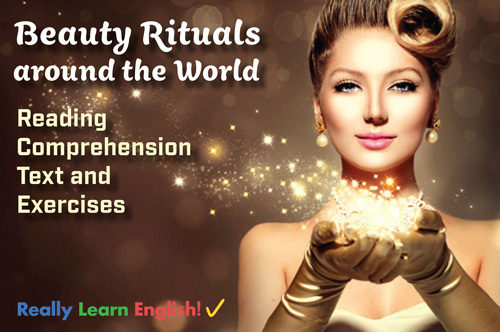
Click Here for Step-by-Step Rules, Stories and Exercises to Practice All English Tenses
A Brief History of Cosmetics
- Ancient Egyptians invented first skin creams and lip balms made of beeswax, olive oil and rosewater. They also came up lotions for problems like baldness and greying hair. It is believed that Cleopatra, a famous Egyptian Queen, regularly bathed in milk and honey to maintain her beauty.
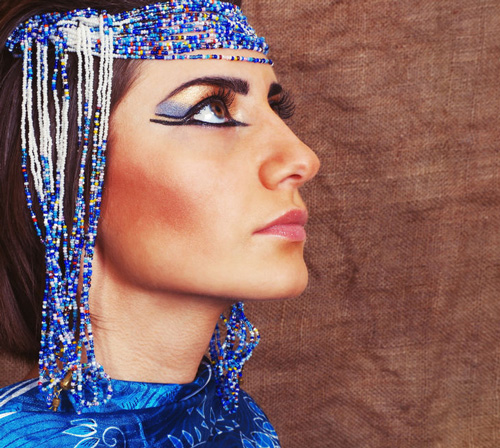
- In today's Iran, people used a black powder called kohl to darken their eyelids, in a ritual similar to what people do with eyeliners.

- Chinese people started using nail polish around 5,000 years ago. Different colors, made of gelatin, beeswax and egg white, were used by different social classes. For example, lower classes were not allowed to paint their nails in bright colors.
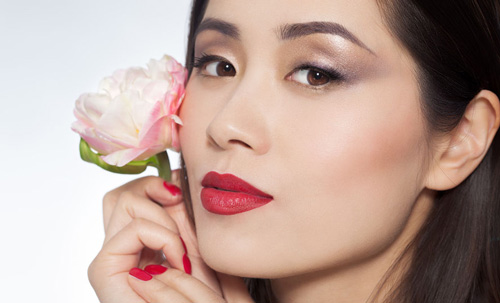
- Throughout the Middle Ages in Europe, the ideal of beauty among higher classes was pale skin. For this reason, royals stayed indoors most of time, and used additional white powder to make them look paler.
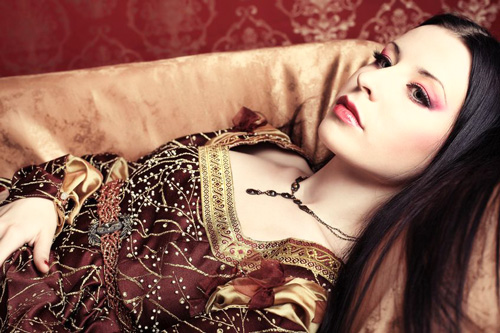
5 Beauty Rituals from around the World
Thanaka Powder, Myanmar
For more than 2,000 years, women of Myanmar (formerly known as Burma) have been using ground wood or roots of the thanaka tree to make a cosmetic paste which protects their skin from the sun.
This yellowish paste has a pleasant smell, and it is often applied to the face in very attractive designs, covering cheeks and forehead. Besides cooling the skin and providing protection from sunburn, thanaka is also used against acne (red spots on the skin).
Believed to be Myanmar's secret to smooth skin, thanaka powder is also used in other neighboring countries in Southeast Asia.
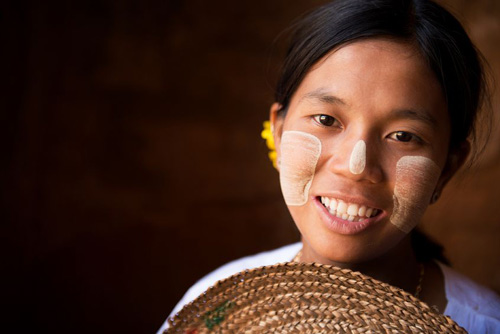
Monoi Oil, Tahiti
Popularly used as a skin and hair softener among French Polynesians, monoi oil has also become a promising beauty product in Europe.
The method of soaking petals, the colored parts of Tiaré flowers in coconut oil is 2,000 years old. First European explorers who came to Polynesia documented that the locals used monoi oil at every stage of their lives - from birth until death - not only for cosmetic purposes, but also as medicine.
Nowadays, monoi oil is used as an after-shower lotion to rehydrate the skin. It is a great tanning oil because it protects from any harmful effects of the sun, yet it still allows the skin to tan.
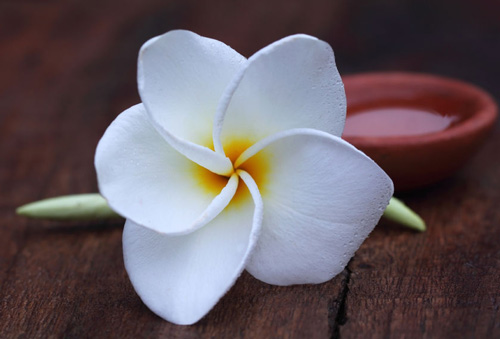
Pearl Powder, China
The empress Wu Ze Tian of China (7th century) regularly put pearl powder on her skin. Hundreds of year later, Chinese medical books recorded that oyster pearls encourage skin growth and remove any signs of ageing.
This beauty method is still used in China and other parts of Asia. In fact, in the Shanghai area, oysters are cultivated especially for the purpose of making pearl powder.
To produce the powder, freshwater pearls are first boiled and then milled, either using porcelain or stainless steel. The powder can be used on its own, or added to creams.
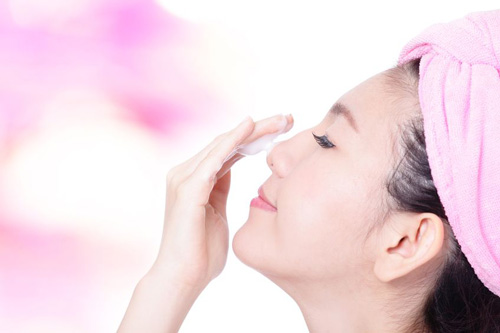
Shea Butter, Sub-Saharan Africa
This beauty product, made from fat extracted from the shea tree nut, is widely used in cosmetics.
Traditionally applied in its crude form, it is nowadays added to widespread cosmetics products such as body lotions and soaps. The butter works as a moisturizer for dry skin and a hair conditioner for brittle hair.
The earliest records show even Cleopatra had caravans of shea butter delivered to her to use for her skin. Shea butter is particularly useful during the dry season in countries like Ghana to prevent skin damage. What's more, it can also be edible and can be used instead of cooking oil.
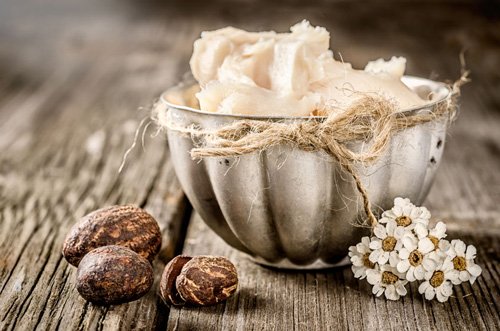
Mud Baths, the United States of America and Israel
Although a bath of mud does not sound very appealing, people have been using it in their beauty rituals for thousands of years. In places like California and Florida, mud, a mixture of volcanic ash and hot mineral waters, is a very popular bath treatment.
Black mud from the Dead Sea in Israel is also believed to have multiple health benefits, and that it can cleanse the skin. For all those who cannot travel to these selected locations with natural mud baths, beauty products that include some of the original mud are sold all over the world. Luxury spas also offer mud baths.
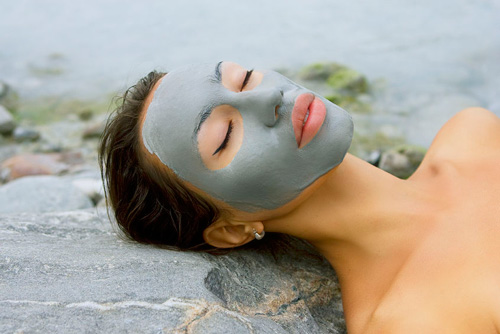
Comprehension Exercises
Vocabulary Questions
- What does "crude" mean?
- popular, famous
- unpleasant
- raw, not processed
- What does "cultivate" mean?
- to grow a crop
- to make someone more cultured
- to sell on the market
- What does "moisturize" mean?
- to make something less dry
- to make something less oily
- to make someone paler
- What does "bald" mean?
- being very brave
- having little or no hair on the head
- respecting ancient rituals
- What does "brittle" mean?
- curly
- strong, hard to break
- fragile, easy to break
Collocation Questions
- Chinese people might have been the first to use nail ___________.
- wax
- polish
- color
- Thanaka powder is good for sunburns because it ___________ the skin.
- calms
- chills
- cools
- Pearl powder can remove the ___________ of ageing.
- signals
- signs
- indications
- Shea butter is fat ___________ from the shea tree nut.
- extracted
- removed
- pulled out
- In the Middle Ages, higher classes thought only ___________ skin was beautiful.
- light
- pastel
- pale
- It is believed that thanaka powder is the secret to ___________ skin.
- smooth
- featureless
- flat
- Monoi one of the best ___________ oils.
- browning
- sunning
- tanning
- A ritual can ___________ place anywhere.
- have
- take
- make
- Pearls are ___________ using porcelain or stainless steel.
- crushed
- milled
- granulated
- The mud from the Dead Sea has multiple health ___________.
- benefits
- profits
- gains
Wh Questions
- Which beauty product is used as hair conditioner?
- nail polish
- shea butter
- pearl powder
- How is pearl powder made?
- pearls are boiled and milled
- it is an old Chinese secret
- pearls are baked and crushed
- Why did many royals spend most of their time indoors during the Middle Ages?
- because they slept 18 hours a day
- because they had too much work
- because they were afraid of tanning
- Where can you get a mud bath?
- only in the Dead Sea
- in many places in the world, including spas
- only in spas
- What are the ingredients of monoi oil?
- palm oil and flower petals
- shea butter and monoi flower
- coconut oil and flower petals
Evaluating Statements
- Based on the information in this lesson, which statement is true?
- Cleopatra bathed in rosewater and used cocoa butter for her skin.
- Cleopatra bathed in milk and honey and used shea butter for her skin.
- Based on the information in this lesson, which statement is false?
- Only the elderly use monoi oil.
- Everyone uses monoi oil, even children.
True or False?
- Based on the information in this lesson, is the following statement true or false?
"Cosmetics products with processed shea butter are available around the world." - True
- False
- Based on the information in this lesson, is the following statement true or false?
"All ancient Egyptians had thick hair, so they did not have problems with baldness." - True
- False
Answer Key
1. C | 2. A | 3. A | 4. B | 5. C | 6. B | 7. C | 8. B | 9. A | 10. C | 11. A | 12. C | 13. B | 14. B | 15. A | 16. B | 17. A | 18. C | 19. B | 20. C |21. B | 22. A | 23. A | 24. B
Get Updates, Special Offers, and English Resources
Download your FREE GIFT (the first two chapters of
English Short Stories Book and Workbook)
as soon as you join!

By submitting your email, you consent to receiving updates and newsletters from us and to the sharing of your personal data with third parties for the purposes of sending you communications. We will not spam you. You can unsubscribe at any time. For more information, please see our privacy policy.





